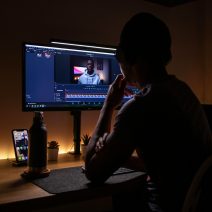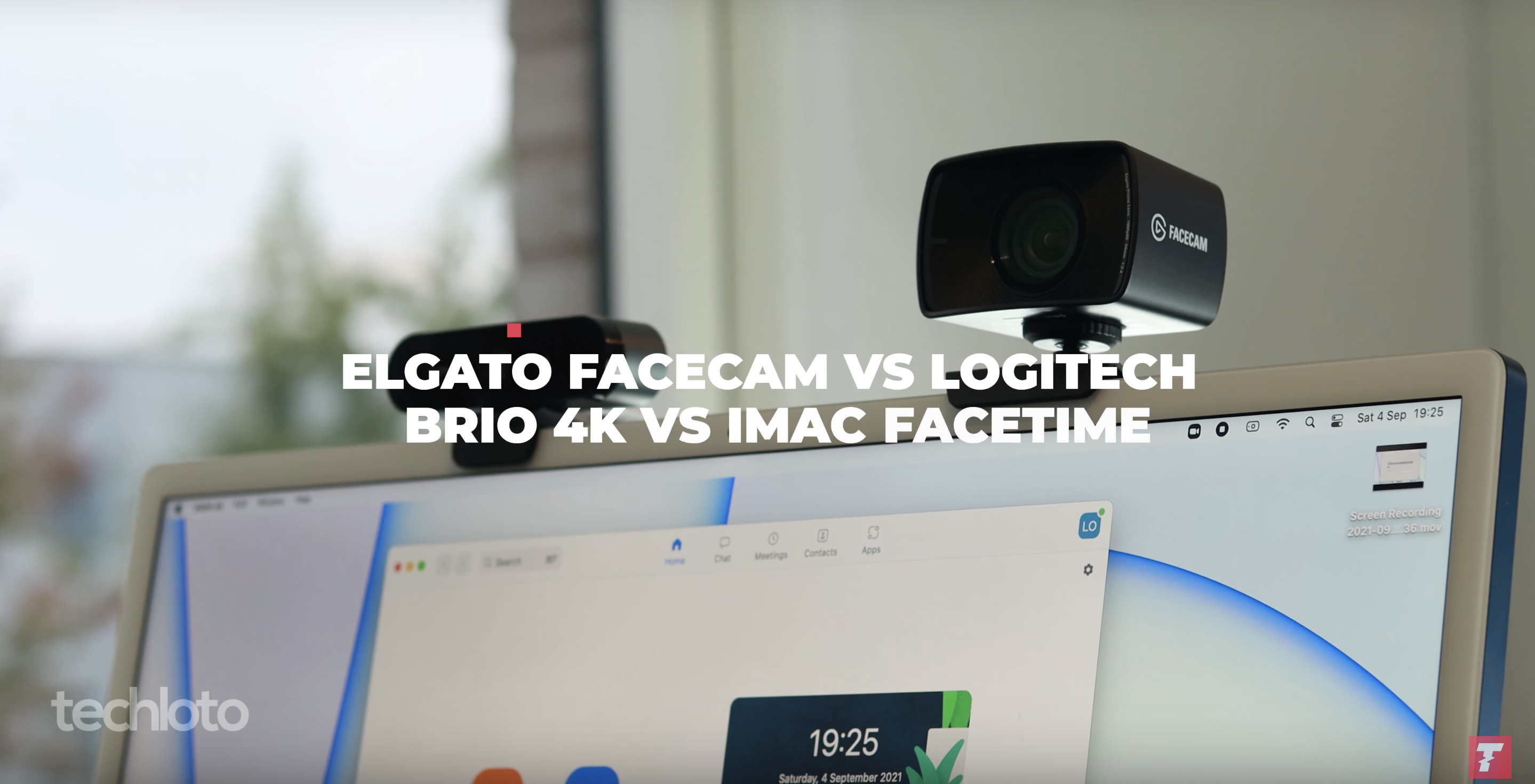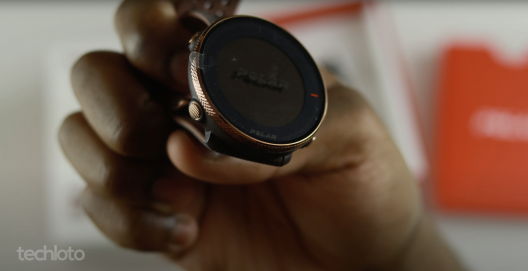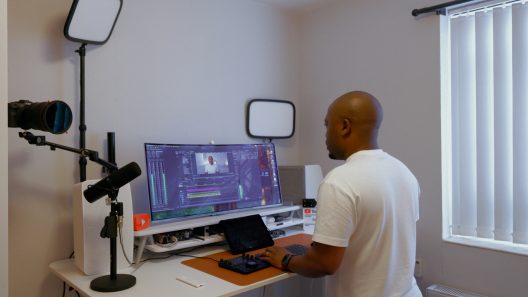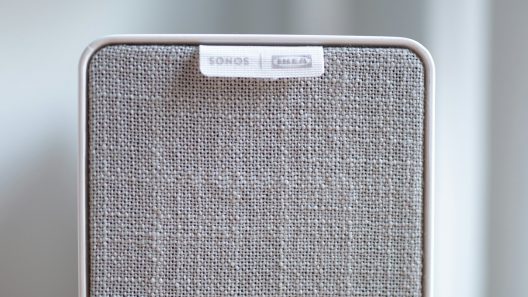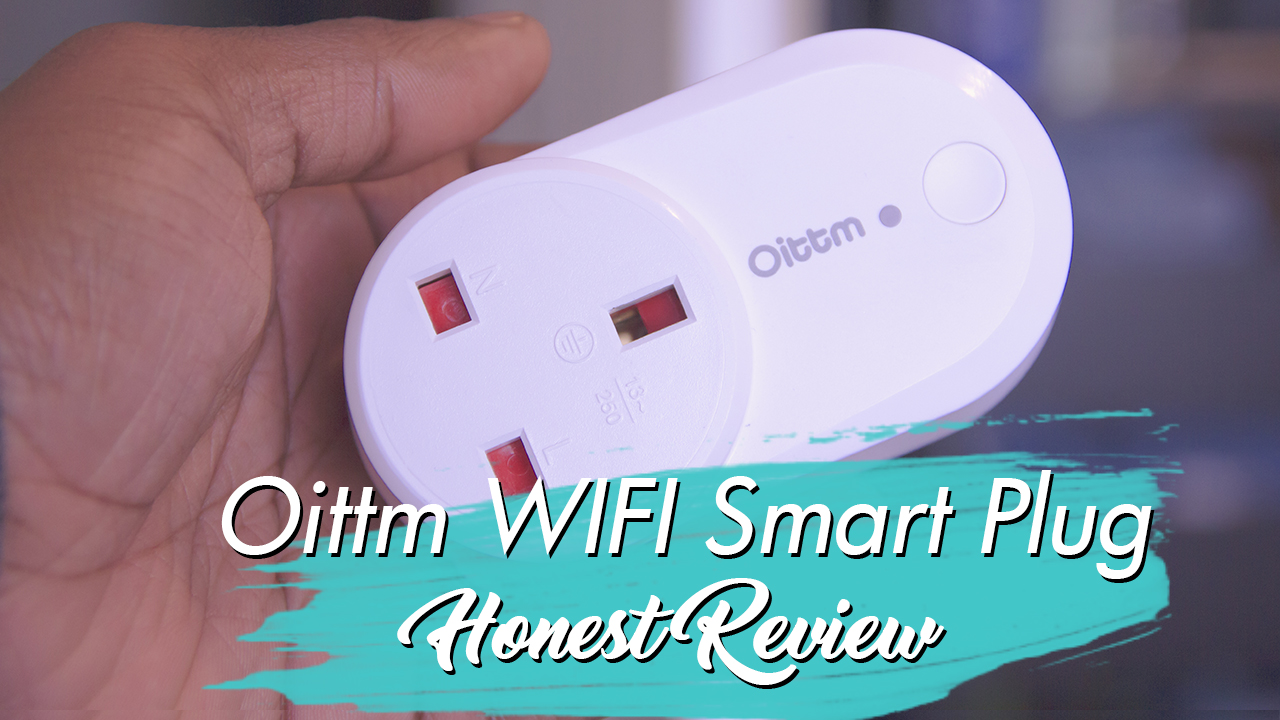If you want the short version: the iMac M1’s FaceTime camera wins for everyday calls and mixed lighting. If you don’t have an M1 iMac, the Logitech Brio 4K is the safer external pick. The Elgato FaceCam looks great in studio lighting, but it struggles with darker complexions and natural light.
If you want the long version with the why and the how—here’s everything I learned after months of jumping between all three.
TL;DR Recommendations
- Best overall (no fuss): iMac M1 FaceTime — 5/5
- Best external webcam: Logitech Brio 4K — 4/5
- Studio-only option: Elgato FaceCam — 2/5 (without serious lights)
My test reality (so you can map this to your setup)
- Everyday Zoom and Google Meet calls
- Natural light first, small light box occasionally
- Different backgrounds: clean wall vs shelves/frames
- Darker skin tone (this matters for color and exposure)
- I’m picky about contrast handling and color casts
You’ll see big YouTubers shining three-point lighting at their faces and saying “this webcam is incredible.” Of course it is—under those lights almost anything looks decent. I tested for normal homes, not a set.
Why your video looks soft on Zoom (even with “4K”)
Let’s clear a myth. Zoom caps most calls at 720p unless you’re on a business plan with “Group HD.” That means a “4K” webcam won’t look 4K in Zoom. I’ve even run my Canon EOS R into calls; you still don’t get a full 4K feed by default. So judge color, skin tone, contrast, and consistency more than headline resolution.
Logitech Brio 4K — “The dependable external”
Rating: ★★★★☆
What’s good
- Looks consistent in mixed light.
- Color is honest—not Canon-level pleasing, but true-to-life.
- Plays nicely with Zoom if you keep the software simple. Use Logitech’s basic app; the heavier suite can bog things down.
- Field of view options are handy, but…
Watch-outs
- At the widest angle you can see edge bowing. If your background has strong lines (shelves, door frames), you’ll notice the distortion.
- Despite the 4K badge, most calls land at 720p. Don’t buy it for resolution alone.
Bottom line: If you need a USB webcam and don’t own an M1 iMac, the Brio is the sensible choice. Keep the FOV moderate, skip the heavy software, and you’ll be happy.
Elgato FaceCam — “Great… if you live in a studio”
Rating: ★★☆☆☆
What’s good
- When you blast it with clean lighting, the picture can look sharp and punchy.
- Tons of manual controls: exposure, white balance, sharpness, and more.
Where it falls down
- On darker complexions, it leans red. I’ve seen my face turn “Mars.”
- In natural light or backlit scenes, it clips highlights and fights contrast.
- Those many controls become a chore. You’re fiddling because the base color science isn’t friendly outside a bright studio.
Bottom line: If you’ve got proper key/fill/rim lights and want to tune endlessly, you can make it sing. For a normal living room? It’s frustrating.
iMac M1 FaceTime — “The quiet king”
Rating: ★★★★★
Why it wins
- Auto-exposure and skin tone are handled with care. It doesn’t panic when the light shifts.
- With a window behind you, it still separates your face from the background. Highlights don’t blow out; shadows don’t crush.
- Colors are slightly muted in a good way—natural, not plastic.
- Zero setup, zero drivers, zero tinkering. It just works.
Bottom line: If you already own the M1 iMac, don’t waste money on a webcam. It outperforms most plug-ins where it counts: faces, contrast, and real rooms.
Lighting, complexion, and why this matters more than specs
Webcams all quote resolution; few talk about tone mapping on real skin. Here’s the pattern I saw:
- Darker skin tones need careful exposure and gentle white balance. The iMac handles this best. Brio holds up. FaceCam kicks red without studio lights.
- Backlit scenes (window behind you) expose design quality fast. iMac keeps your face visible and the background controlled. Brio can manage with tweaks. FaceCam tends to wash or clip.
- Natural light changes minute to minute. Auto modes that aren’t twitchy make you look human, not a test chart.
Quick setup tips (regardless of camera)
- Face a window if you can; don’t sit with it behind you.
- If you must backlight, add a small fill light near your screen.
- In Zoom, set HD on; disable “adjust for low light” unless you’re truly in the dark.
- On the Brio, pick a mid FOV to avoid bowing.
- Keep your background simple if your camera struggles with lines and contrast.
Use-case picks
- Hybrid worker, minimal fuss: iMac M1 FaceTime
- PC laptop + good all-rounder: Logitech Brio 4K
- Controlled studio lighting + manual tweaks: Elgato FaceCam (only then)
Scores at a glance
- iMac M1 FaceTime: 5/5 — best skin tones, best contrast handling, zero faff
- Logitech Brio 4K: 4/5 — reliable external, watch the wide angle and software
- Elgato FaceCam: 2/5 — fine under lights, fussy elsewhere
Final word
Don’t chase 4K logos for Zoom. Chase good color, stable exposure, and less headache. In that race, the iMac M1 FaceTime camera wins. The Brio is a strong runner-up for anyone off the Mac path. And the FaceCam—despite the hype—belongs in rooms with proper lights, not next to a window on a cloudy Tuesday.
Got a specific room or lighting setup you want me to sanity-check? Tell me what you’re working with and I’ll give you a dial-in plan.


